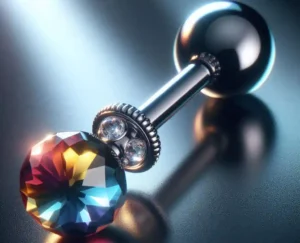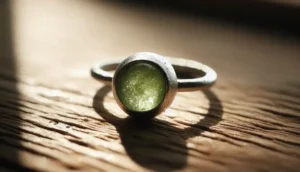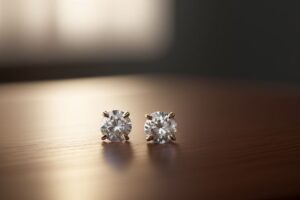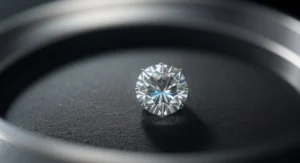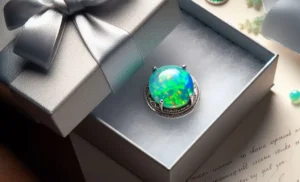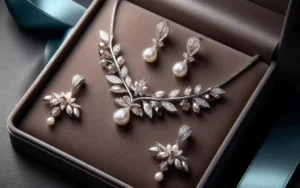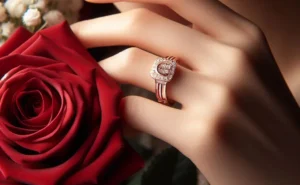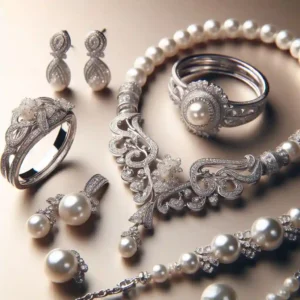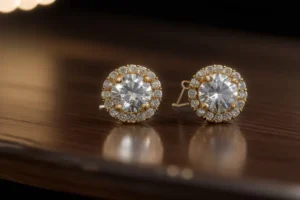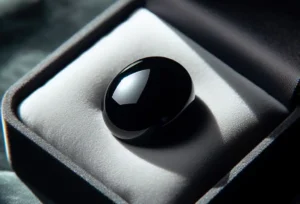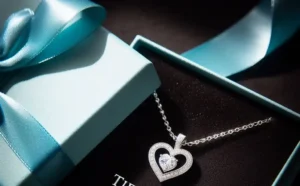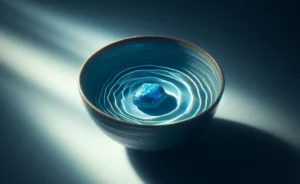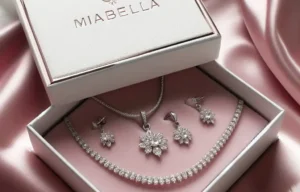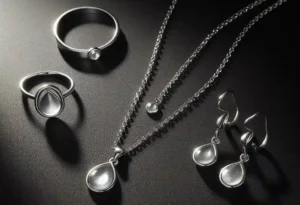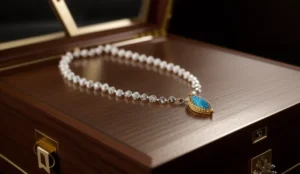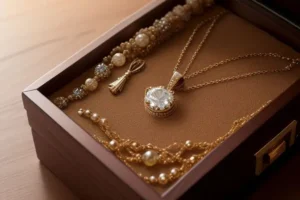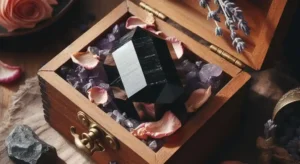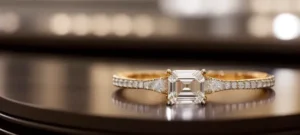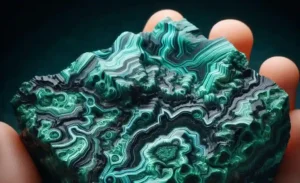Does Titanium Change Color? – In the realm of modern materials, few are as fascinating and intriguing as titanium. It is admired for its strength, durability, and lightness.
However, titanium is also associated with an alluring feature: a magical ability to change color.
But is this reality, or a mythical quality? Let’s find out!
Does Titanium Change Color?
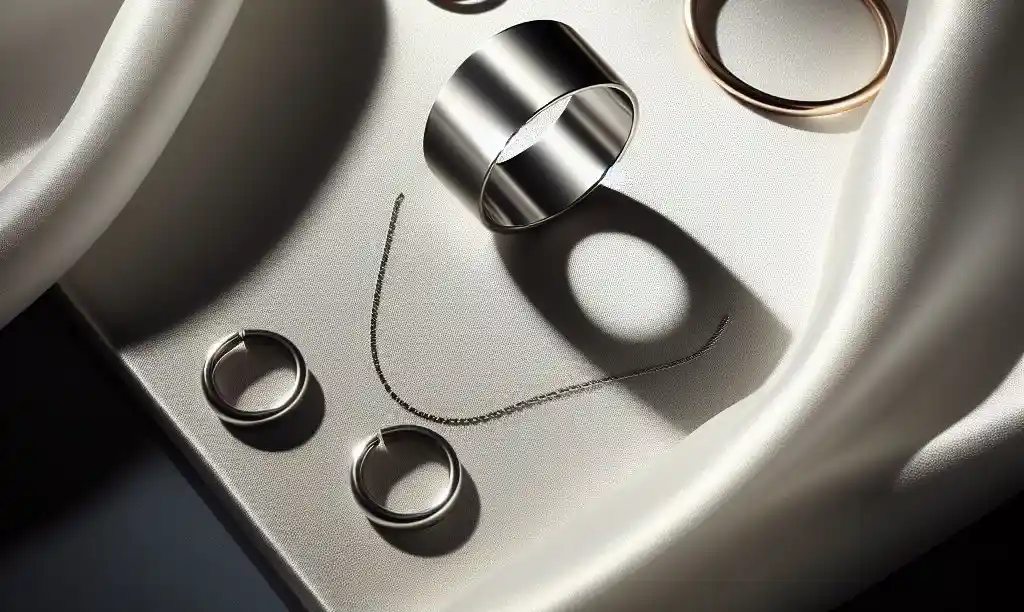
Yes, titanium does change color, but not in the way you might think. It doesn’t change color like a mood ring or a chameleon. Instead, the change in color is due to a scientific process known as oxidation.
An oxide layer forms on its surface when titanium is exposed to oxygen or heat.
This layer interferes with light waves, and depending on the thickness of the oxide layer, different colors can be observed. This is not a spontaneous process; it is controlled and predictable.
The titanium itself doesn’t inherently change color, rather, it’s the oxide layer on the surface that changes, thus altering the visible color. So, when we speak of titanium changing color, we’re actually referring to this fascinating interplay of oxidation, light interference, and color perception.
Understanding the Basics of Titanium
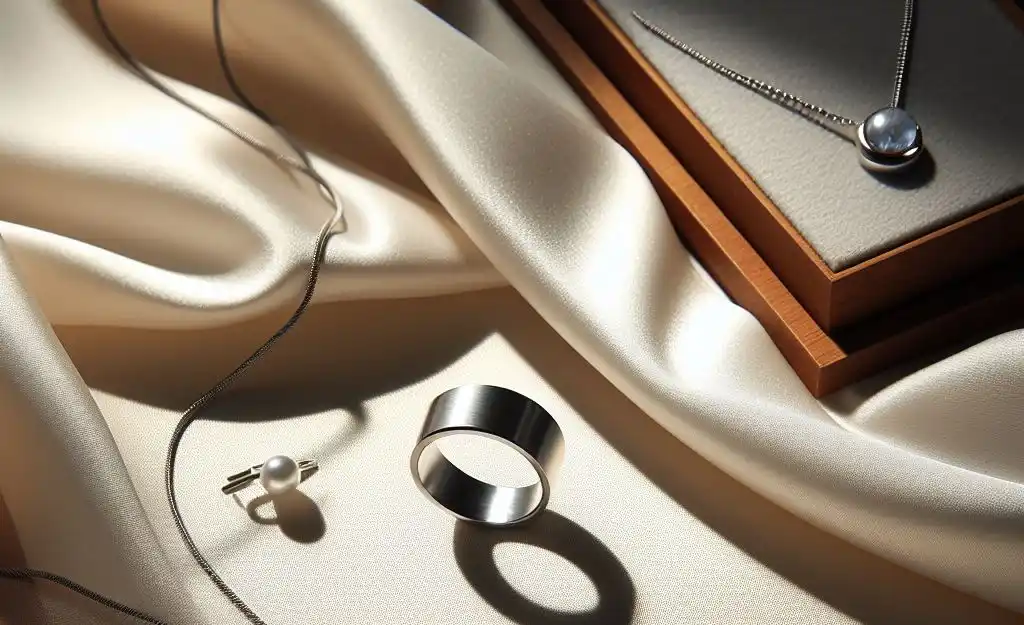
Titanium is a remarkable metallic element that boasts a sleek, silver hue. Its inherent strength, coupled with its surprisingly low density, makes it a favorite across a variety of industries.
While titanium is a relatively abundant material in the Earth’s crust, coming in as the ninth most plentiful element, finding it in its pure form is a rare occurrence.
The appeal of titanium extends far beyond its abundance and strength. Its ability to resist corrosion is highly valued, especially in fields such as aerospace, medicine, and jewelry.
One key feature that sets titanium apart is its exceptional strength-to-weight ratio, which means despite being lightweight, it does not compromise on durability and robustness.
So while titanium is known for its color-changing abilities, it’s important to recognize that these are secondary to its fundamental properties of strength, lightness, and corrosion resistance.
Titanium’s Interaction with Light
The dance of colors displayed by titanium is inherently tied to its relationship with light. Similar to most materials, titanium absorbs and reflects light when it interacts with its surface. Yet, titanium possesses a unique attribute in its capacity to interfere with light waves.
This phenomenon, known as interference, allows titanium to control and manipulate the light that hits it. At the heart of this interaction lies the titanium oxide layer that coats the metal’s surface.
The thickness of this layer holds the key to the color display, determining which colors are accentuated and which are muted. Therefore, by regulating the thickness of the oxide layer, a veritable rainbow of colors can be produced, each reflecting a different light wavelength.
This intricate interaction of titanium with light underlies its mesmerizing color-changing ability.
The Oxidation Process and Color Change
The intriguing color shifts observed in titanium are fundamentally tied to the oxidation process that the metal undergoes. When titanium comes into contact with oxygen, a fine layer of titanium dioxide starts to develop on the metal’s surface.
This layer’s thickness is instrumental in dictating the visible color, and it continues to grow thicker over time or when subjected to heat. Consequently, each perceivable color is associated with a distinct thickness of the oxide layer.
In simpler terms, the material itself does not change color. Instead, it’s the titanium dioxide layer’s thickness on the metal’s surface that alters, leading to the variation in color.
Hence, titanium’s ability to flaunt a multitude of hues can be attributed to the modification of the oxide layer that forms as a result of the oxidation process.
Colorizing Titanium through Anodizing
Anodizing is an innovative technique employed to accentuate the captivating color palette of titanium. This process leverages the natural phenomenon of oxidation to precisely manage the thickness of the titanium dioxide layer, which, in turn, governs the reflected color.
Through the application of voltage, the anodizing process encourages the formation of the oxide layer. Notably, the hue exhibited by the titanium piece is directly proportional to the applied voltage level. The greater the voltage, the thicker the oxide layer becomes, and consequently, the more the color spectrum shifts.
What’s particularly interesting about anodizing is that it accomplishes all this without the need for additional pigments or dyes. This process alters the oxide layer alone, resulting in a range of vibrant colors directly from the titanium itself.
Therefore, the process of anodizing provides a scientific, yet artful, approach to bringing the color-changing qualities of titanium to life.
Everyday Applications of Colorized Titanium
Color-enhanced titanium has broken the boundaries of science to become a part of our day-to-day life. Its unique allure finds itself manifesting in the form of vibrant jewelry pieces.
The vibrant hues of titanium-based jewelry are not only aesthetically appealing, but they also offer durability that few other materials can match. Moving from fashion to the medical field, colorized titanium plays a critical role due to its high biocompatibility.
For instance, color-coded titanium implants are not only easy to identify, but they also don’t trigger adverse biological responses. Outside of jewelry and medical applications, colorized titanium is equally admired in the automotive and architecture sectors.
Here, the focus is on both its visual appeal and its ability to resist corrosion and wear. Therefore, the applications of colorized titanium are not only driven by its eye-catching hues but also by its inherent material properties.
Debunking Myths about Titanium Color Change
Dispelling the misconceptions surrounding titanium’s color change is vital for understanding its true properties. There’s a common fallacy that titanium spontaneously alters its color like a mood ring or a chameleon. This notion is incorrect.
The transformation in titanium’s appearance is not whimsical or arbitrary, but rather, a controlled scientific process reliant on factors such as light interaction and the oxidation process.
Furthermore, there’s another mistaken belief that this color variation might weaken or alter the titanium’s essential properties. This isn’t true.
Regardless of the color display, titanium maintains its impressive strength and resistance to corrosion. Therefore, it’s crucial to understand that the colorful spectacle of titanium is more about science and less about myth and magic.
The Magic of Titanium – A Recap
The captivating quality of titanium to morph into a variety of hues is an enchanting interplay of scientific principles and aesthetic appeal. The transformation, though not spontaneous like a chameleon, occurs through a fascinating dance between light interference and regulated oxidation.
Titanium’s ability to control and manipulate light, and alter its surface layer’s thickness through oxidation, is the secret to this magical show of colors. When we augment this mesmerizing feature with titanium’s inherent attributes of strength, lightness, and corrosion resistance, it’s clear to see why this material is held in such high regard.
The next time you encounter a piece of colorized titanium, be it a piece of jewelry or a medical implant, remember the artful science that creates its visual appeal. It’s not the stuff of myth or magic, but the brilliance of science at play.
So, although titanium might not possess the whimsical charm of a mood ring, its color-changing trait, firmly rooted in science, is undeniably magical in its own right.


